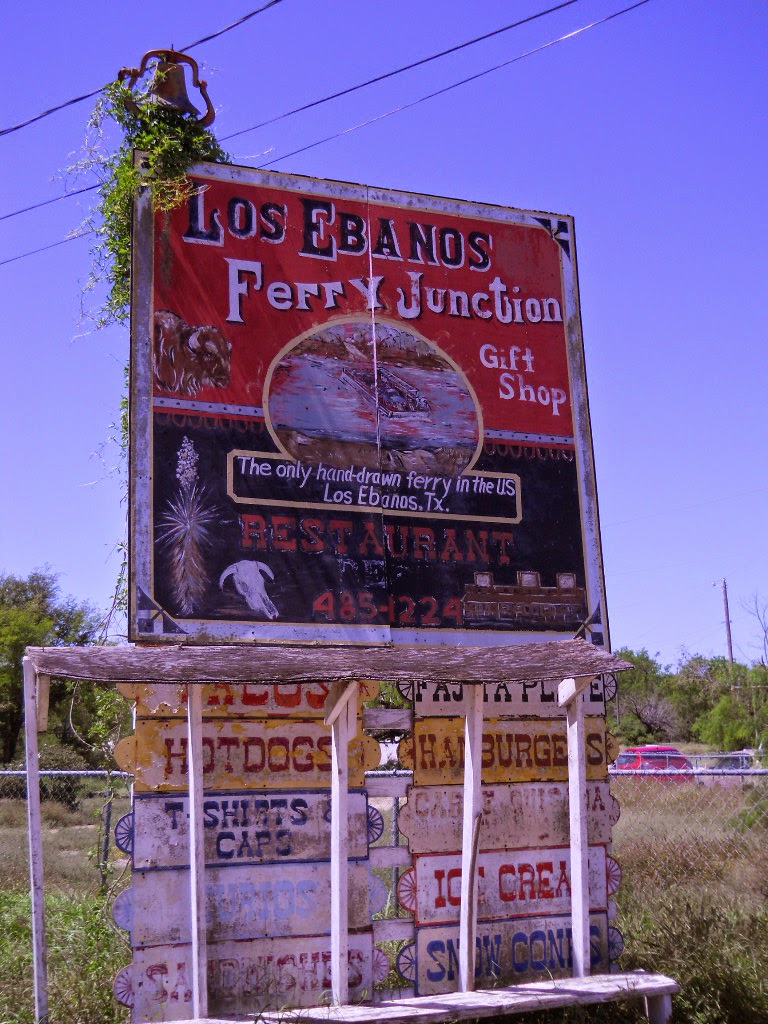Jamie, Carol and I went to Harlingen to the Iwo Jima Memorial Museum which is on the grounds of the Marine Military Academy - a private college prep academy. Carol had been there before but wanted to go back. Jamie had not been there yet and was very interested to go as she had several family members in WWII. I also wanted to go as I didn't know much about it, sad to say. I didn't pay a lot of attention to history in high school. I sure wish I would have. As an adult, I really want to know more. This was a great place to learn more about this particular battle. Inside the very small museum you can view a 32 minute video about Iwo Jima. It was very informative and sad to see how many lives were lost in that particular battle.
"The image of Raising the Flag on Iwo Jima taken by Joe Rosenthal was later used by Felix de Weldon to sculpt the Marine Corps War Memorial which was dedicated in 1954 to all Marines who died for their country past and present, and is located adjacent to Arlington National Cemetery just outsideWashington, D.C." according to Wikipedia. What we were seeing in Harlingen was the original mold made and later used for the sculpture.
The man in the front, at the base of the flag pole is Harlon Block, after the raising of the flag, he was killed by a mortar blast there a few days later. He was from Texas and actually graduated from a high school in Weslaco in the Rio Grande Valley. In 1995, his body was moved to this burial place on the grounds of the original mold of the Iwo Jima monument.
The pictures are not real clear if I try to make them bigger, sorry. Jamie took them using her phone and emailed them to me because I forgot to take my camera, or so I thought! When I got home and discovered I had my camera in my purse all along I was completely disgusted with myself plus a little worried that I could have forgotten that quickly that I had put it in there just that morning!
For more information on the men in the sculpture, Click
here.
 |
| The original mold. Written all around the base are all of the wars and conflicts the Marines have been involved in. |
 |
| Harlon Block's grave near the memorial. |
What went through my mind after viewing the video was how proud we were and are of those who served in WWII and yet how poorly we treated those who served in Vietnam which includes Clark's very dear uncle who is still alive and whom we love and respect more than words can say.
So, I say now to all who have served in the armed forces, whether in a "conflict" or a war, whether in times of peace or war, thank you, thank you, thank you! Your service is greatly appreciated. And to the families who lost a loved one because of their service to our country, my deepest sympathy. May God bless you all and may God bless America.



































































